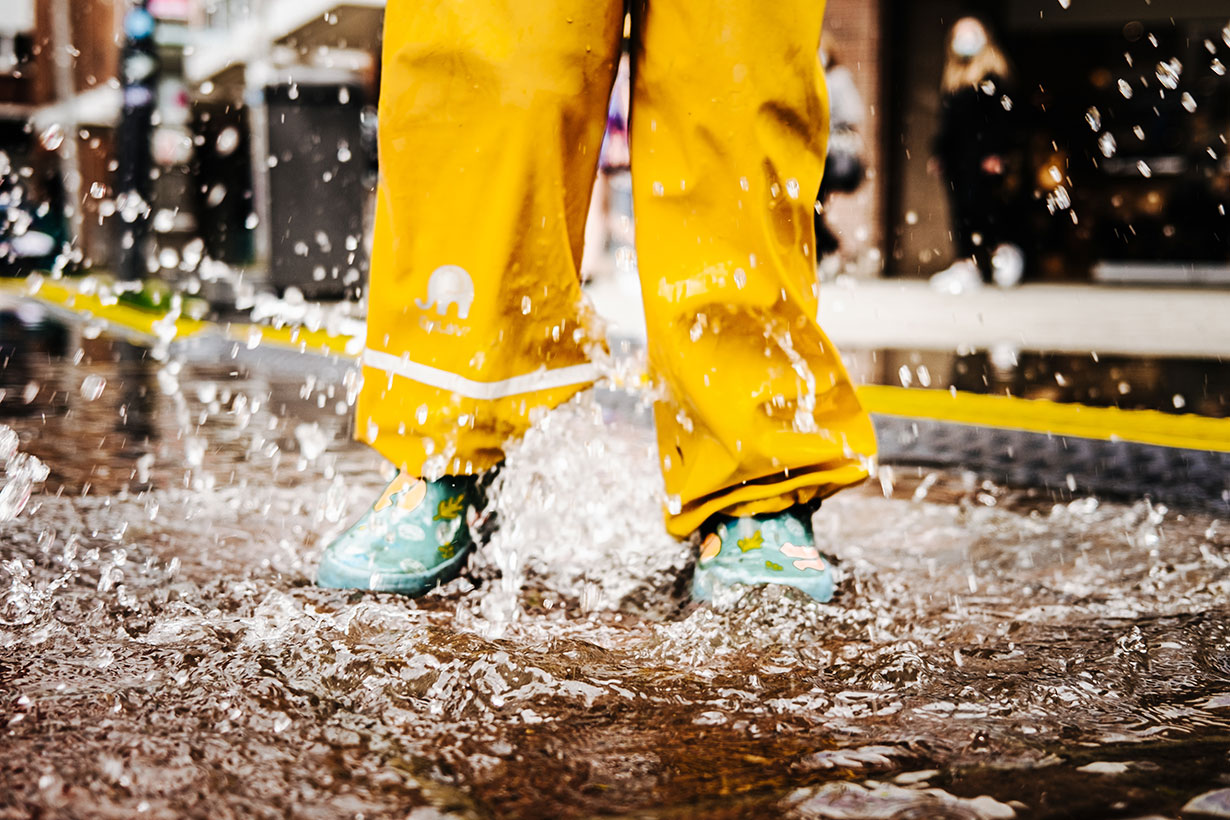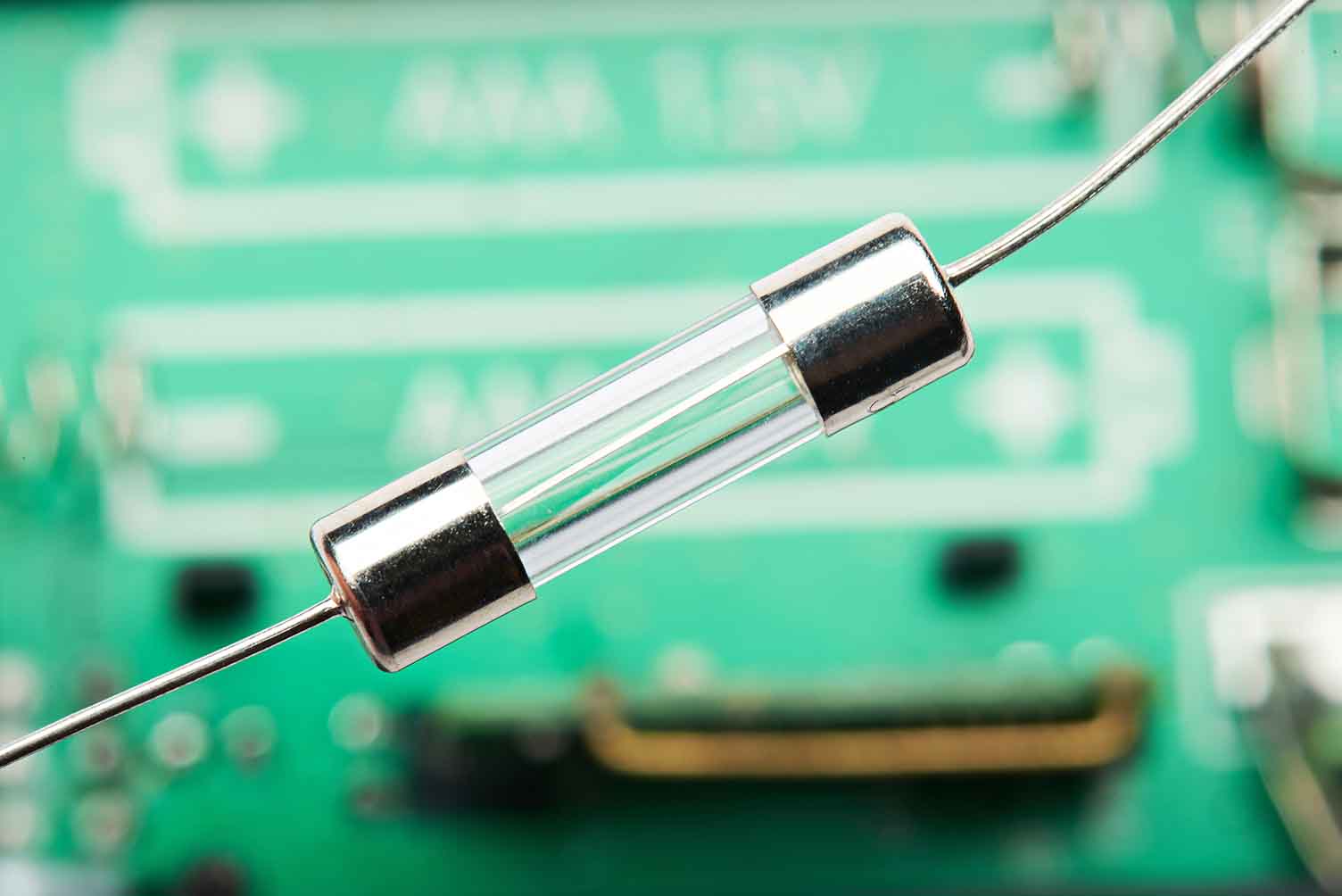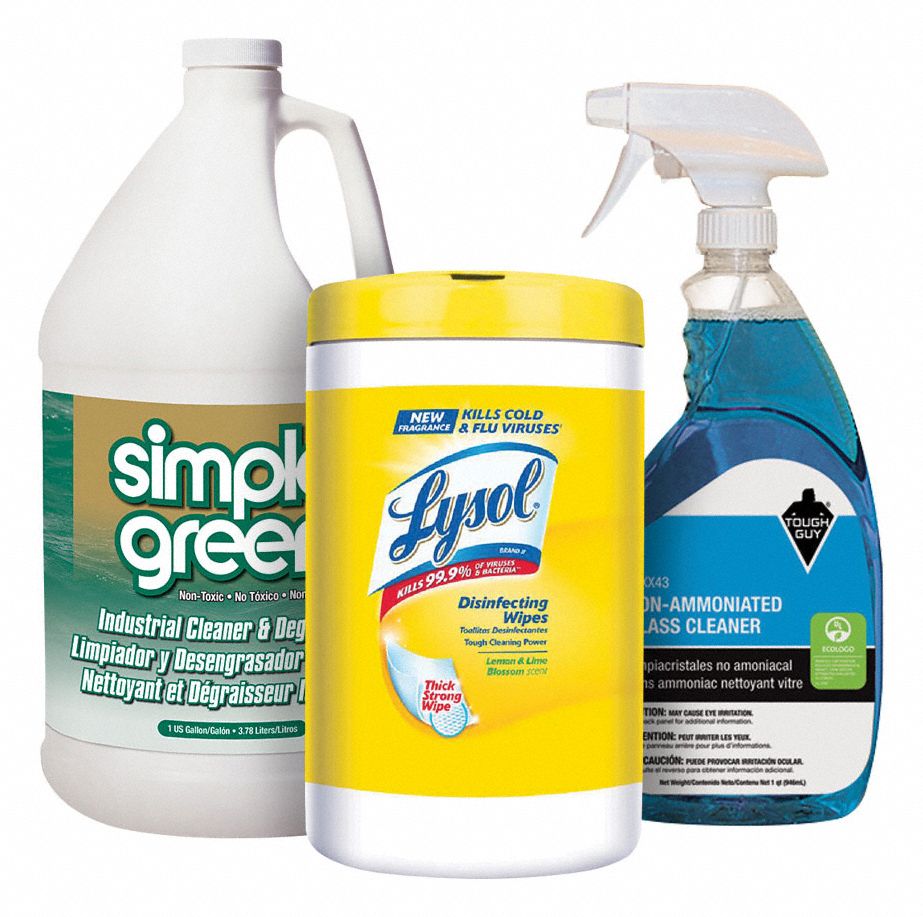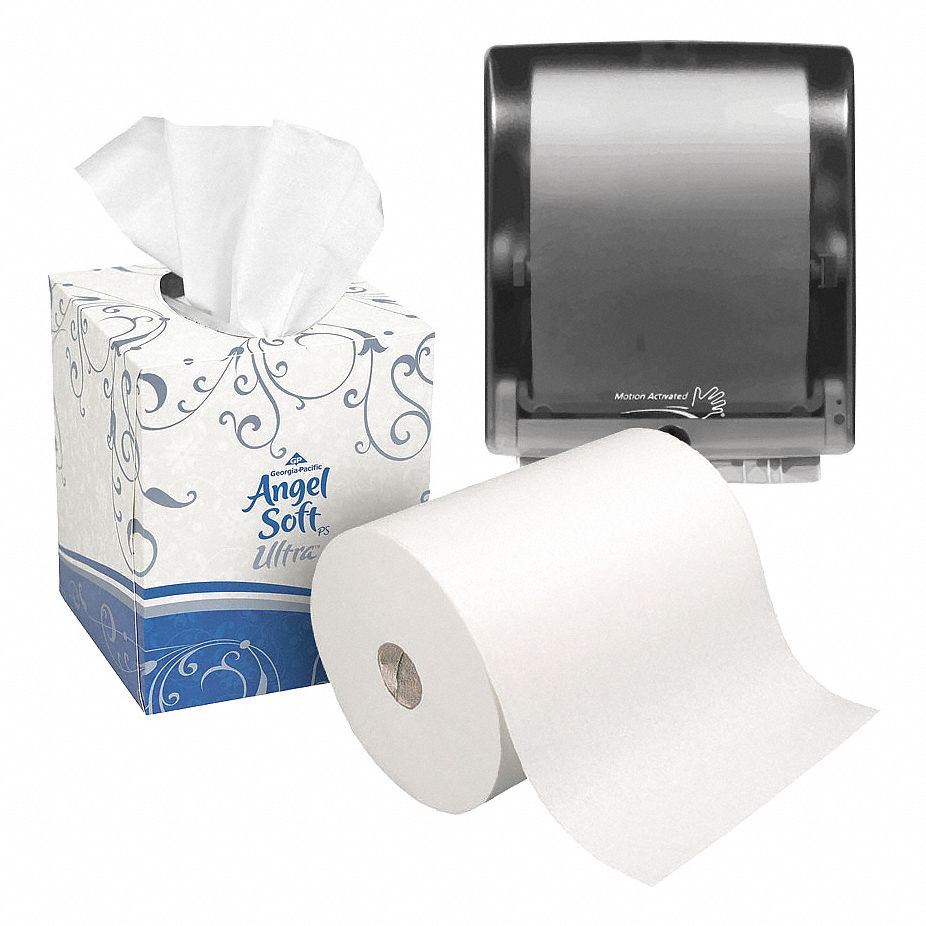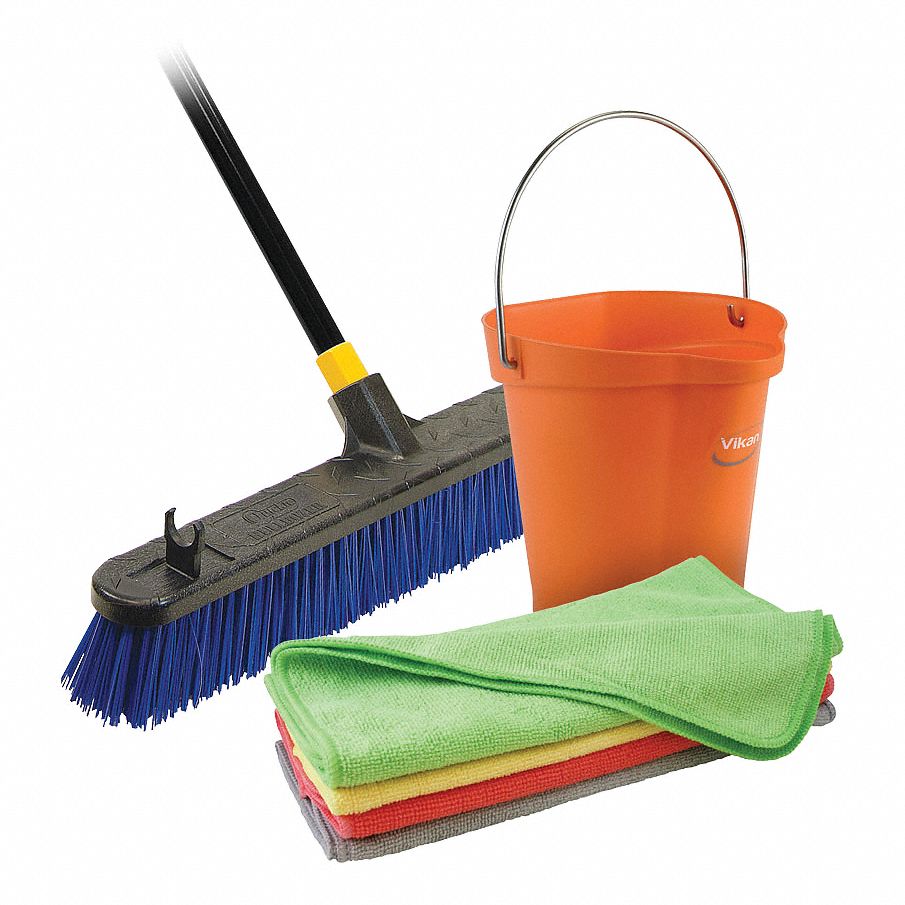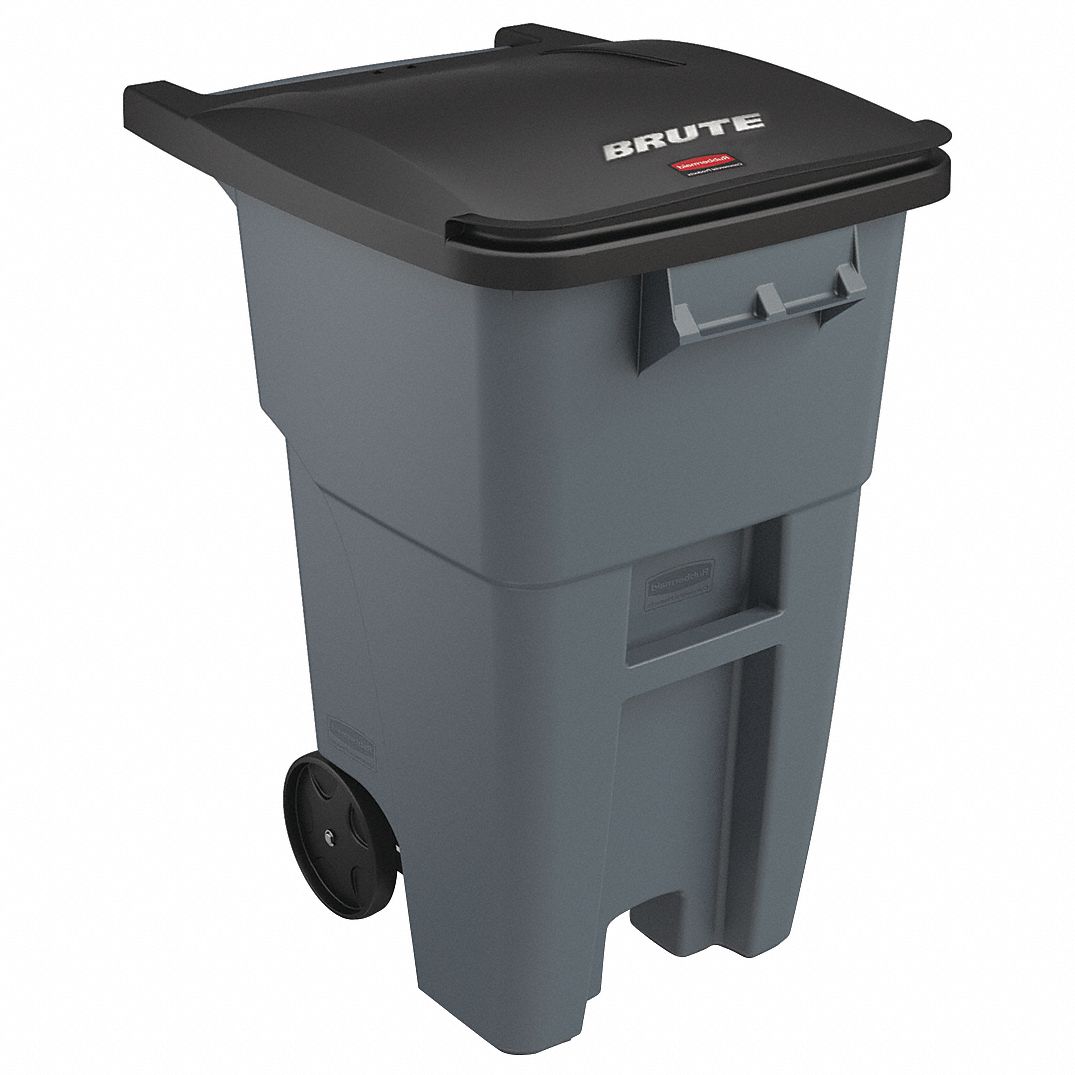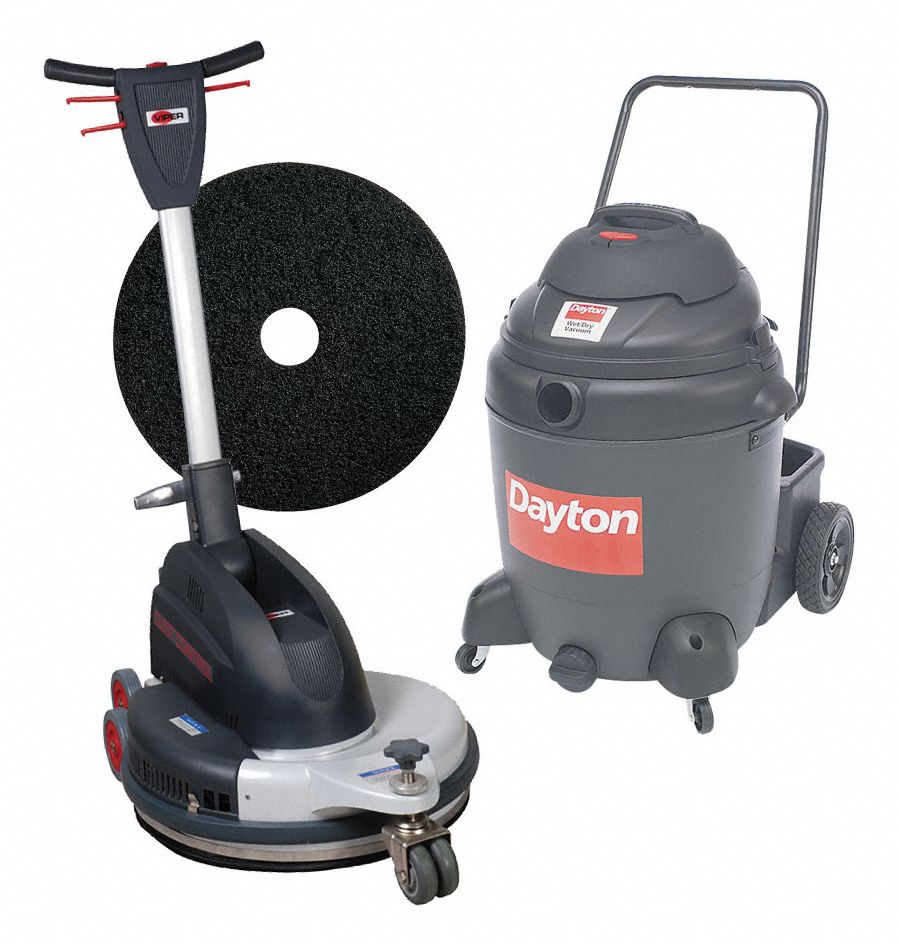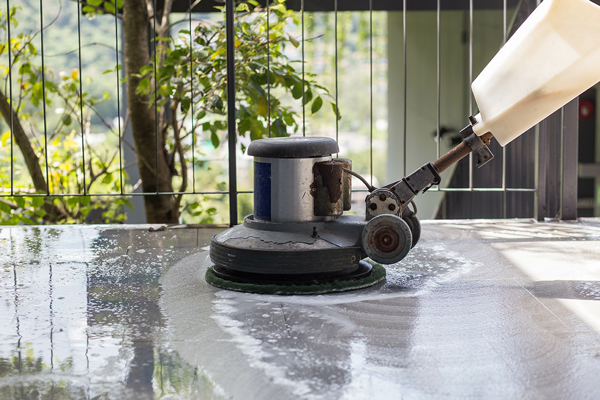

Do Floor Cleaning Pad Colors Matter?
By Grainger Editorial Staff 3/8/23


Choosing the right floor cleaning supplies is essential to proper maintenance. Cleaning and scrubbing floors require specific pads compared to stripping, buffing and polishing. However, supplies and equipment vary depending on the task. This guide explores the different types of color-coded cleaning pads and their uses to help you choose the right one for your needs.
Floor Cleaning Pad Basics
Floor machine pads are used on floor polishers, burnishers and scrubbers to help clean, strip, polish and buff hard flooring. The type of cleaning determines the right floor cleaning pad. Floor cleaning pads are color-coded to indicate the types of jobs they were designed to tackle.
Floor burnishers, meanwhile, are exceptions that don’t follow this industry color-coding standard. Burnishing pads are often coarser since they’re used for high-speed buffing. Choosing the right burnishing pad requires matching the pad to the specific machine type, like electric, corded or battery-powered, to the type of floor finish.
Different Types of Floor Cleaning Pads
- Buffing and polishing pads smooth surfaces, remove scuff marks and create a glossy finish.
- Burnishing pads smooth surfaces and create a high-gloss shine.
- Carpet cleaning pads freshen carpets between cleanings and help diminish signs of wear.
- Cleaning pads remove dirt, soil and contaminants.
- Sanding pads are used with automatic or rotary floor machines to smooth and prepare stripped surfaces for finishing.
- Scrubbing pads have more coarse grit used to remove dirt and prepare floors for burnishing.
- Stripping pads are highly abrasive and chemically resistant pads used to remove flooring finish.
Pad Shape & Material
Floor pads are made to fit the size and type of floor cleaning machine used. Round pads are one of the most common shapes since they designed to fit most machines, whereas orbital and oscillating machines require rectangular-shaped floor pads. Trapezoid and twister-shaped pads are designed to tackle different jobs, from cleaning and scrubbing to buffing, burnishing and polishing.
Floor cleaning pads are made from various materials, including synthetic fiber, nylon, polyester, diamond abrasive and recycled plastics. However, the floor finish and cleaning job are more relevant than the pad material. Pads with Green Seal GS-20 certification are made from recycled materials and are designed to perform as well as other pads but have a longer life to help reduce solid waste generation.
No matter what shaped floor pad is used, it’s important to ensure it properly fits the machine. Floor cleaning pads range in size from 3 inches to over 28 inches. Oversized or undersized pads may negatively impact the overall operation and cleaning ability. Using the wrong pad with a floor cleaning machine can ruin a floor’s finish or make the cleaning job longer than necessary, so it’s best to always match the pad to the floor finish.
Floor Cleaning Pad Color Meanings
Generally speaking, cleaning pads are often lighter colors, like white, red and pink, while scrubbing pads have darker colors, usually dark green or dark blue. While most manufacturers color code their pads, different manufacturers can use slightly different colors. Always read the pad description to ensure you use the proper pads for the job.
Here are the most common uses for various floor pad colors, from least coarse to most:
White
The softest and least aggressive pads, also known as white polishing pads, these are frequently used for buffing, polishing or light scrubbing. A soft pad that won’t scratch surfaces, white pads are ideal for applying wax or cleaning linoleum, laminate and marble floors.
Red
The most common pad type used for general, everyday cleaning, red pads are mildly aggressive and great at removing stains and scuff marks. Red pads are frequently used for polishing and cleaning floors, but this is the most aggressive pad you should use for cleaning wood floors.
Blue
Coarser than red pads, blue pads are used for removing tougher stains and heavy-duty cleaning. Blue pads are frequently applied to intense scrubbing and top-coat removal before recoating.
Green
Green pads are ideal for removing the top coating from finished floors. Often called green turf pads, green pads are commonly used for taking off the top coating on finished floors without stripping them.
Black
A heavy-duty scrubbing and stripping pad, black pads are used for scrubbing heavily soiled floors or stripping and removing tough stains from flooring, including concrete.
Purple
Made with polyester fibers, purple pads are used for heavy-duty cleaning, polishing floors and removing scuff marks.
Choosing the Right Floor Cleaning Pad for the Job
| Floor Maintenance Type | Pad Color | Equipment Type | Speed |
|---|---|---|---|
|
Buffing |
Red or White |
Buffer or Floor Scrubber |
350-800 RPM |
|
Burnishing |
Pink or Orange |
Burnisher |
1500-3000 RPM |
|
Cleaning |
Red |
Buffer or Floor Scrubber |
175-600 RPM |
|
Carpet Cleaning |
Green, Blue or White |
Carpet Cleaner |
175-300 RPM |
|
Polishing |
White or Gold |
Floor Polisher |
175-3000 RPM |
|
Sanding |
Black, Orange or Brown |
Rotary or Auto-Floor Scrubber |
175-300 RPM |
|
Scrubbing |
Blue, Green or Purple |
Buffer or Floor Scrubber |
175-600 RPM |
|
Stripping |
Black or Brown |
Buffer or Floor Scrubber |
175-600 RPM |
Frequently Asked Questions
You need to measure the deck of your floor cleaning machine to find out what size pad is required. Consult your owner’s manual or measure across the drive board to find the appropriate size. It’s also important to match the speed or RPM on the pad to the type of machine. You would never want to use a 1500-3000 RPM pad on a 175 RPM machine since it wouldn’t be effective or use a 175-300 RPM pad on a 1500 RPM machine because it would deteriorate rapidly at high speeds.
Floor cleaning pads can be used on many types of flooring but are designed to clean very flat flooring with minimal crevices. Brushes may be better for cleaning tiled floors or flooring with deep grout lines.
How long pads last depends on the type of flooring and cleaning frequency. Pads should be rinsed and rotated frequently to help remove built-up grit and grime that can slow down cleaning and damage delicate flooring.

Safety Management
6 Tips to Help Prevent Slips, Trips and Falls
Identify the fall hazards in your workplace and implement a fall safety program. Check out these tips from Grainger so you can mitigate risk.
![]() Our Latest KnowHow
Our Latest KnowHow
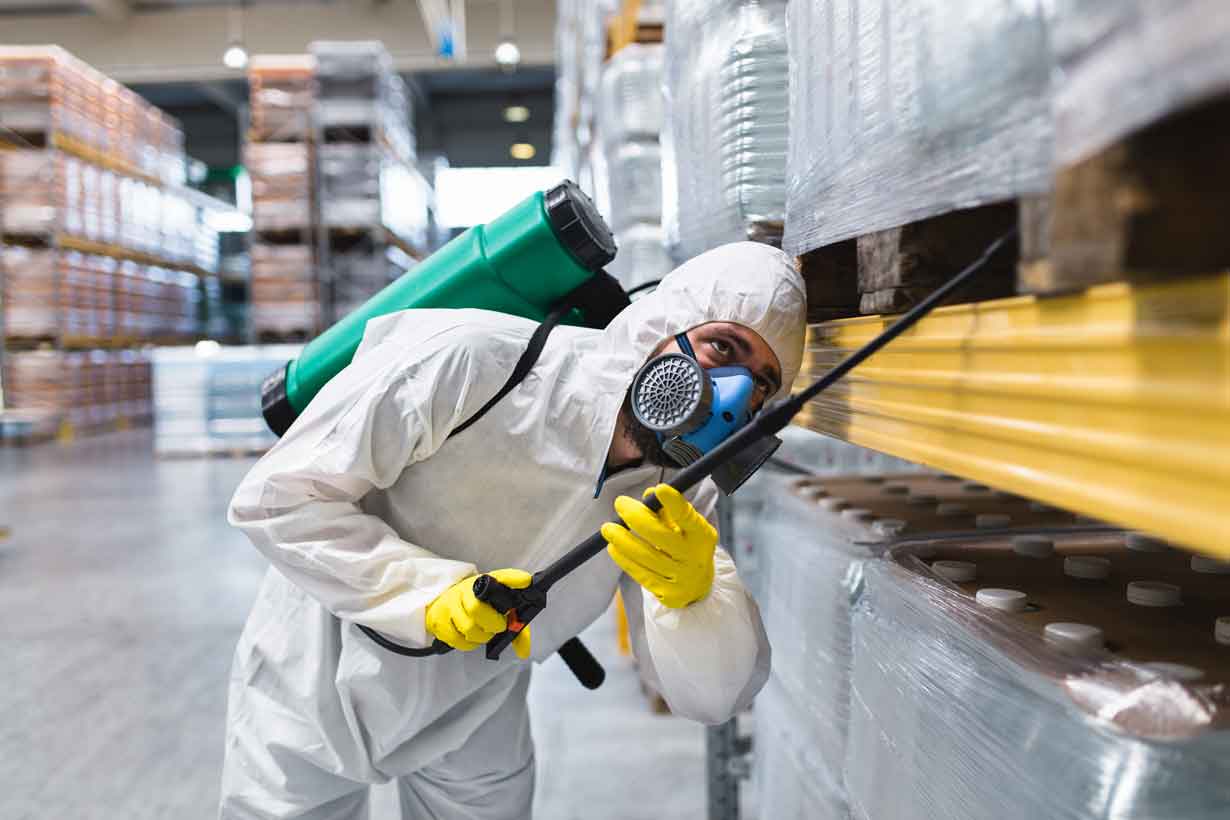
Facility Pest Control: How IPM Helps Safely Manage Insects
Discover safe, compliant pest control with IPM. Find tips for insect monitoring, sanitation and safe insecticide use in commercial facilities.
The information contained in this article is intended for general information purposes only and is based on information available as of the initial date of publication. No representation is made that the information or references are complete or remain current. This article is not a substitute for review of current applicable government regulations, industry standards, or other standards specific to your business and/or activities and should not be construed as legal advice or opinion. Readers with specific questions should refer to the applicable standards or consult with an attorney.


